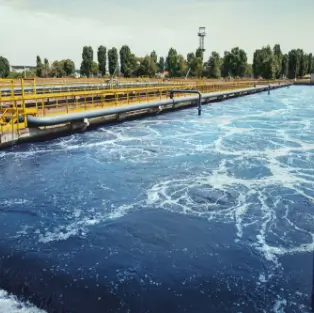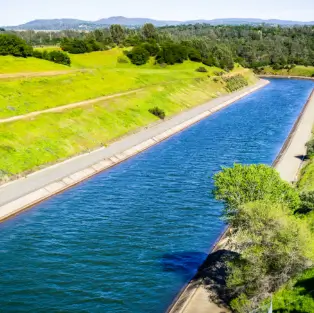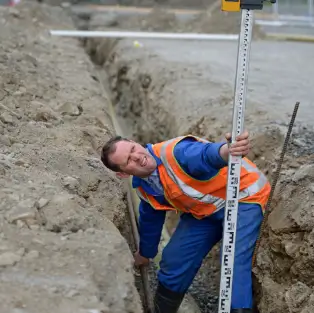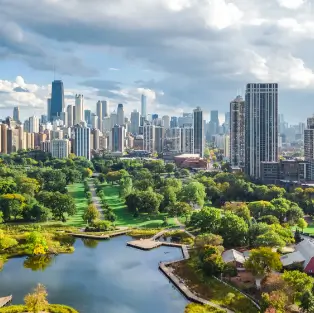

We acknowledge the Traditional Custodians of the land on which we live and work. We pay respect to their Elders past, present and emerging.
For those who are visiting our site for the first time and unsure what stormwater actually is, here is a definition………
Stormwater is rainwater plus anything that the rain carries along with
it. As rainwater runs across different surfaces, it can pick up various
types of pollutants, including: sediment from exposed soil, oil and
grease from driveways and roads, leaves and animal droppings,
chemicals from lawns, gardens and crops (adapted from Water NSW).
If you would like to understand why we exist and our history,
please refer to the ‘About Us’ page for more information.
However, I won’t dwell on the past today because, while we need
to learn lessons from the past, we need to focus firmly on the
future. As a country and a community, we have some significant challenges ahead and we need to work together to prepare for
and deal with those challenges….
Most recently, we have all felt the influence of climate change,
with record floods, droughts, bushfires, temperatures and
extremes. In the future, our cities are facing temperature increases
of up to 6oC in some suburbs and water supplies are facing challenges with the extremes of weather.
Increasingly, stormwater is being seen as a critical resource, to provide additional water supply during droughts, offer cooling benefits to our suburbs, provide sustainable flow for our local creeks and
support biodiversity and community recreation.
None of these things can be achieved without considering stormwater in the context of the total water cycle, the catchments, landscapes and communities within which stormwater flows.
For that reason, our Stormwater Australia vision for the future isSustainable Water,
Liveable Cities & Engaged Communities.
To achieve this vision as a stormwater community,
we need to ask some important questions
about our future……


None of us have all the answers to these big questions but there are enough smart people, resources and funding in our community and our world to solve our most complex challenges. We just need to work out how to effectively work with like-minded leaders from around Australia and the world, to use our collective thinking to solve these problems at scale.
I look forward to working with you all on this journey to our shared future!
Regards,
Stormwater Australia links the diverse and multi-disciplinary interests of all Australian stakeholders of the Stormwater Industry and represents them at all national forums.
Stormwater Australia promotes innovative and sustainable practice technologies, standards and policies that minimise adverse environmental, social and economic impacts.
Stormwater Australia also facilitates an understanding of the roles and responsibilities of agencies and partners working to improve the management of our natural and built stormwater systems, provides an advisory and reference service for the industry and promotes the concept that stormwater is a resource.
As our urban development has expanded, and the community has changed the natural landscape for housing, industry, agriculture and leisure activities, it became evident in the early 1990s, that there was no overall coordination between the various organisations involved in managing our stormwater drainage systems. This has resulted in ineffective management and inefficient use of resources, allowing unnecessary pollution in urban drainage, and the continuation of flooding problems. Inequities between metropolitan areas continue to be perpetuated as the problems are exported downstream and not managed holistically.
There is an expanding stormwater industry, and it needs to be viewed in a unified way, with the key players being accountable for the problems as a whole, rather than limiting this accountability to the boundaries of their own local area. The industry needs to meet these challenges and in doing so, build an expanding, profitable and environmentally responsible enterprise.
Stormwater is a catchment-based problem, and the community needs a scientific approach to ensure the right solutions are adopted. Therefore, the Stormwater Industry Association was formed to promote the use of more appropriate and effective practices, such as the principles of Total Catchment Management, Water Sensitive Urban Design (WSUD) and the adoption of common standards and policies, to help reduce the present inequities as well as to minimise the economic, social and environmental costs currently being borne.
The Association aims to create a synergism, allowing all members to act together as an industry so as to perform more efficiently and effectively in managing stormwater.
Better management of current problems and implementing improvements to existing systems is a major aim of the Association. Some success has been achieved to date due to the cooperation between the key players in allocating responsibilities and accountability
and in the efficient pooling of available resources.







